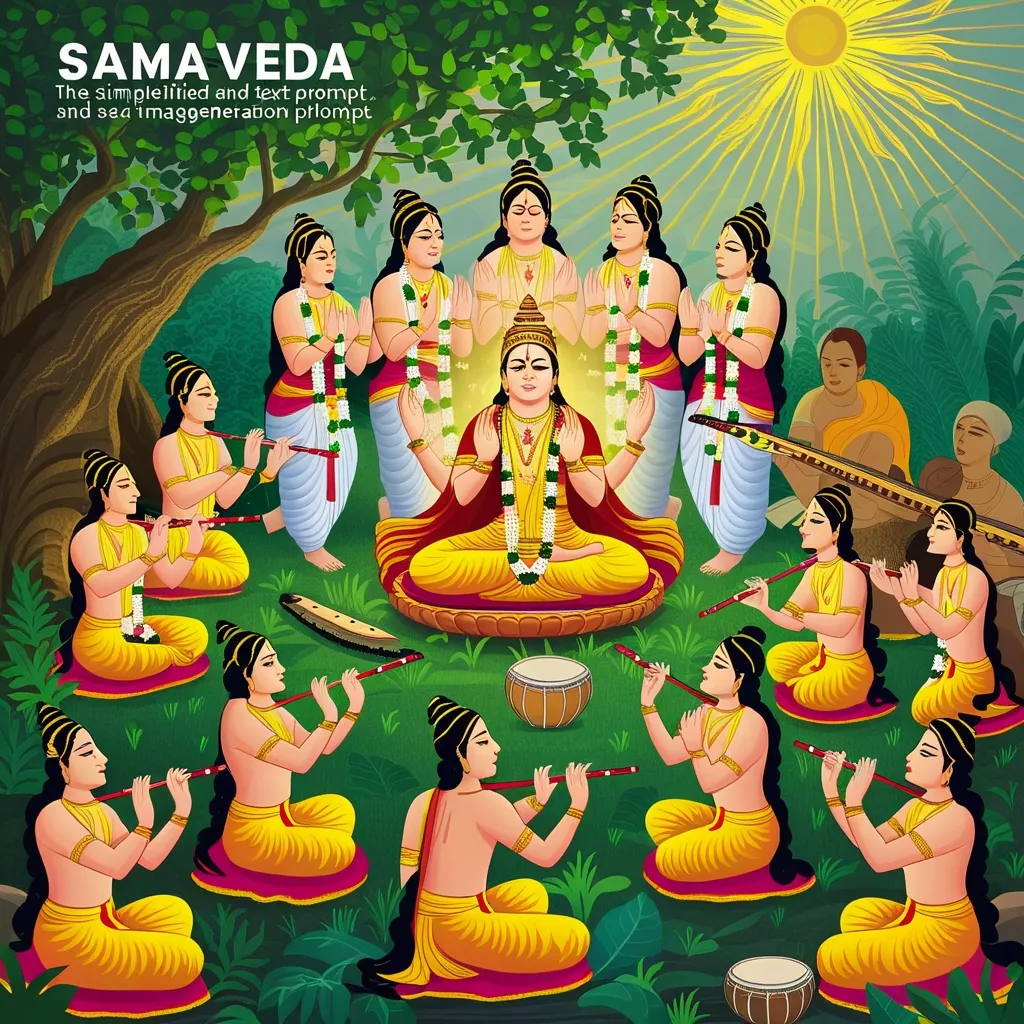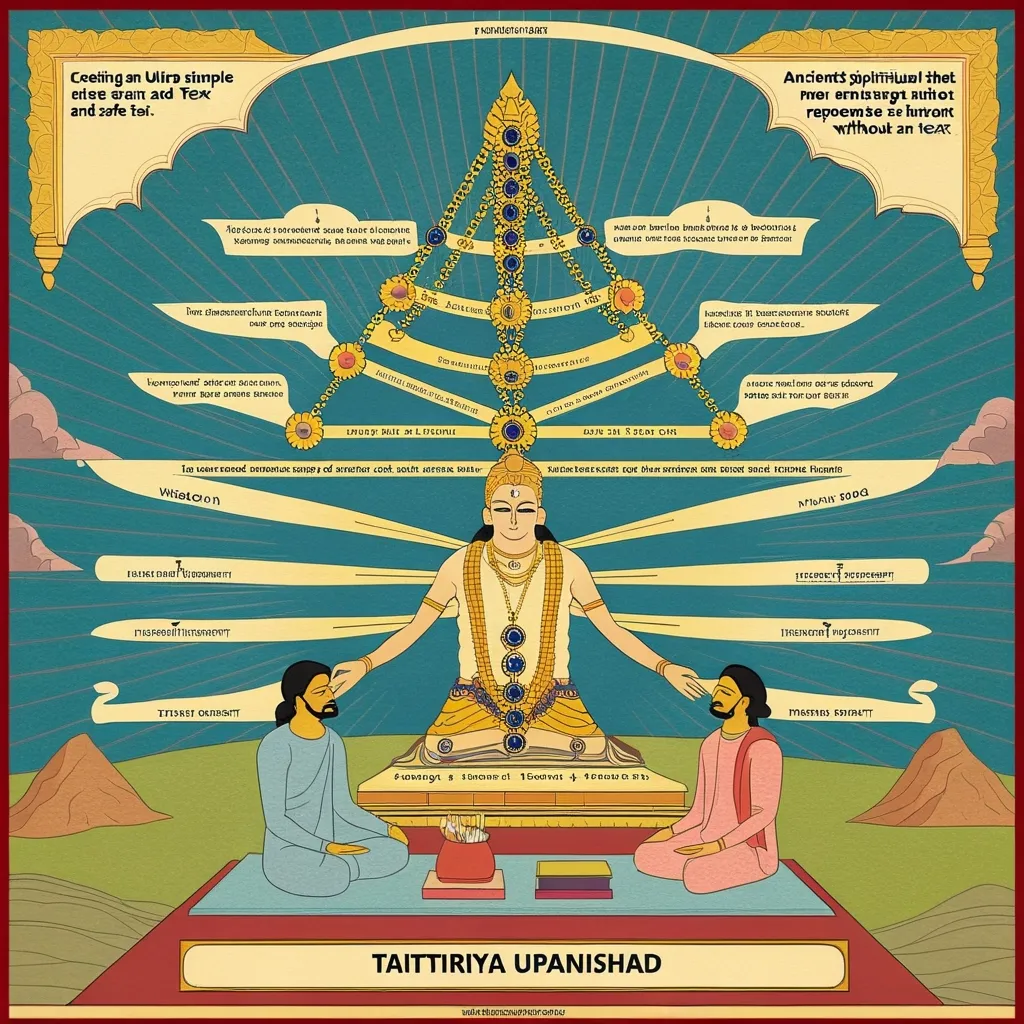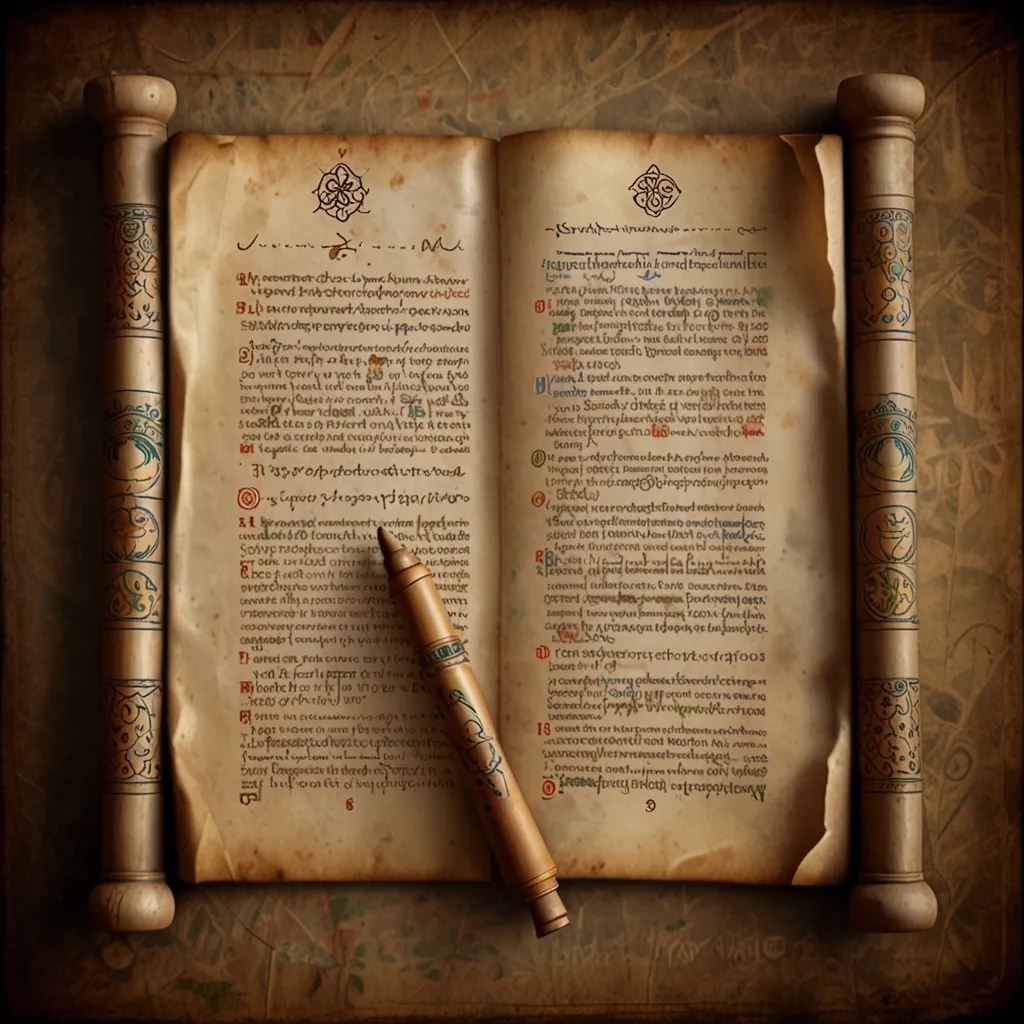The world of ancient Hindu scriptures is as vast as it is enthralling, and the Samaveda stands out in this rich tapestry as a melodious marvel. Unlike its sibling Vedas, the Samaveda brings music to the forefront, breathing life into the sacred texts through songs and melodies that have enchanted generations. Wrapped in the ancient text is not just holy verses but a musical journey crafted to elevate the spirit to divine heights using the transformative power of sound.
At the heart of the Samaveda lies its unique approach: it turns words into melodies. “Sama” itself translates to “song” or “melody,” illustrating the beautifully harmonious nature of this Veda. It borrows mantras from the Rigveda but enhances them with music, resulting in a seamless blend of sound and spirit that facilitates spiritual growth. Imagine a symphony composed not for the ears alone but for the soul, an auditory path leading directly to spiritual fulfillment.
Music within the Samaveda isn’t merely an accessory; it is the essence of spiritual practice. The chants are designed to transcend language, offering rich spiritual experiences that flow through the very structure of sounds. Elements like svaras (notes), ganas (melodic patterns), and talas (rhythms) are woven together to create a deeply resonant performance that stirs the soul, breaking down barriers beyond the spoken word.
The Samaveda recognizes distinct styles of recitation, each adding its flavor to the spiritual mix. Gramageya is a style where chants are sung in groups, highlighting the communal spirit and joyous gatherings of Vedic rituals. It’s a joyous encounter where spiritual and communal camaraderie intertwine. In contrast, aranyageya offers a more solitary, meditative experience, often performed in natural settings, promoting introspective journeys where the individual spirit communes with nature and the divine.
Enhancing this melodic journey, musical instruments find their place within the Samaveda’s practice. Instruments like the flute, drum, and lute accompany the chanting, turning each session into a multisensory feast. These instruments add layers of rhythm and harmony, transforming the spiritual exercise into a rich tapestry of sound that transcends the simple act of listening.
The artistry of the Samaveda isn’t confined to sound alone. It also embraces the physical with mudras (hand gestures) and body movements becoming a part of the performance. These expressions unite mind, body, and voice, creating a complete performance that engages more than just the auditory senses, offering a holistic spiritual experience that’s as much felt as it is heard.
Across various regions, the Samaveda finds unique expressions, each adding different nuances to its enchanting fabric. The Jaiminiya tradition in southern India, for instance, reflects the cultural and geographical riches that influence the Veda’s recitation styles. These regional variations are not merely differences but celebrations of diversity, ensuring the Samaveda’s continuity and relevance across generations and geographies.
At its core, the Samaveda is more than a text; it is a spiritual tapestry, weaving melody and rhythm into a sanctified path to enlightenment. This meticulous blend elevates the Samaveda beyond simple recitations, transforming it into an evocative musical performance that invites practitioners and listeners alike on a soulful journey, dissolving the boundaries of ordinary speech.
Historically, the Samaveda has been pivotal in the development of Indian music, inspiring the foundational theories and structures of Indian classical traditions. Its musical notations, home to some of the world’s oldest surviving melodies, laid the groundwork for Hindustani and Carnatic music styles. These have evolved over time yet retain a common thread rooted deeply in the spiritual essence of the Vedas.
Music in the Samaveda is seen not just as an art but as a conduit to liberation. Later texts exalt music to the status of the Panchama Veda, believing in its capacity to guide seekers toward spiritual enlightenment. This belief reflects the notion that both listening to and performing pure music can be a divine experience, offering a blessed passage to liberation.
A delightful aspect of the Samaveda is its belief in sound as a divine channel. The seven heavenly melodies within are thought to illuminate and connect with the divine chakras, offering practitioners a gateway to higher spiritual realms through sound. This auditory connection forms the backbone of the Samaveda’s spiritual journey, allowing profound experiences through the rhythm and melody woven into the verses.
An inclusive spirit underscores the Samaveda’s charm. It embraces multiple traditions and styles of chanting, acknowledging no single path as superior but allowing seekers to choose what resonates with them. This openness to various practices enriches the spiritual tapestry, offering diverse avenues for individuals to engage with the divine.
The Samaveda holds a place of importance in Vedic rituals, especially during Yajnas, where priests sing hymns and recite mantras while offering homage to the deities. The musical rendering was crucial in invoking the divine, making the Samaveda an integral part of Vedic life and worship.
The legacy of the Samaveda in Indian music cannot be overstated. It has shaped the theoretical and structural foundations upon which Indian classical music stands today. Through its melodies and rhythms, it has influenced countless musical traditions, showing itself in the rules and suggestions for playing instruments found in the Gandharva-Veda, an adjunct to the Samaveda.
Ultimately, the Samaveda offers a unique approach to spiritual growth through its focus on music and melody, maintaining its significance and influence in Hindu spiritual practice. By drawing upon its rich combinations of musical elements, regional expressions, and historical importance, it continues to connect practitioners to the divine using the transformative power of sound, resonating in both personal and communal spiritual tapestries.






